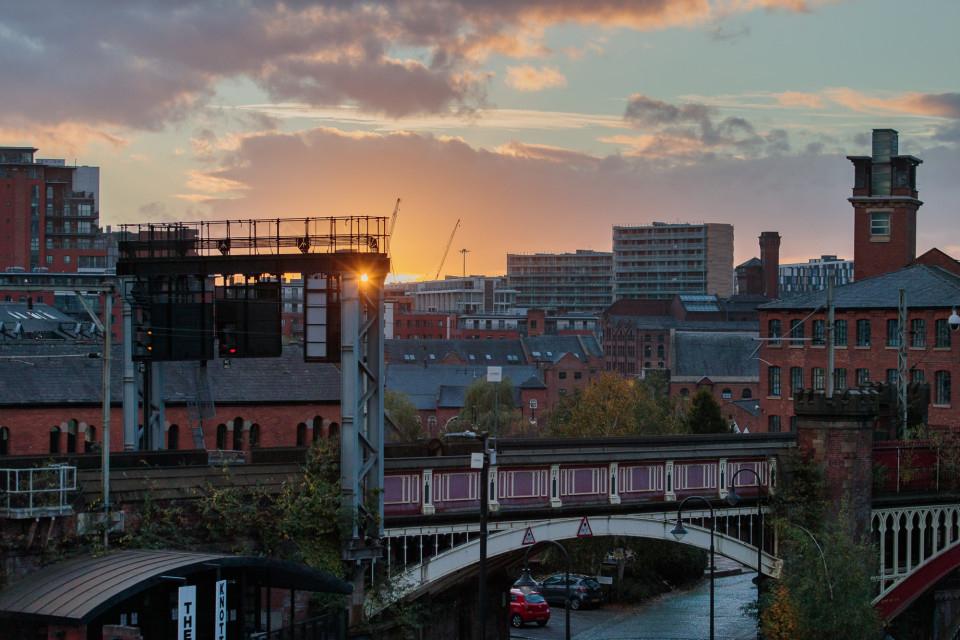Creating greener environments
By Bruntwood Works

Our ways of working might have changed this year, but sustainability and delivering greener environments has remained core to our “business as usual” activity. We’re pleased that throughout lockdown, and the months that followed, we’ve been able to make good progress on many of our sustainability projects.
Sustainability has always been part of our DNA at Bruntwood. When Michael Oglesby started the business over 40 years ago, he worked on the principle of restoring old buildings instead of rebuilding. Since then, we’ve invested in creating inclusive buildings, contributing to work in our communities and worked with organisations fighting to create a better, greener planet.
The need to act sustainably as a business, especially in the way in which we develop buildings, is becoming increasingly critical. The built environment is accountable for around 40% of the UK’s total carbon footprint; of this, almost half is from the energy used in buildings. So, as you can imagine, our activity contributes to [a lot] of carbon emissions in our regions.
The pandemic has only highlighted the need to develop more sustainable environments that will be fit for the needs of future generations and ensure our places remain vibrant for years to come.
Back in 2018, we became the first UK property company to sign up to the World Green Building Council's Net Zero Carbon commitment, setting the target of 2030 for achieving ‘net zero’ across the Bruntwood Group.
‘Net Zero’ or ‘Carbon Neutral’ refers to achieving an overall balance between the emissions we produce and the emissions we take out of the atmosphere. As a business, we target both operational carbon, which is the carbon associated with the energy used to operate a building and embodied carbon which is the carbon associated with all the material and operations to construct, maintain, refurbish and demolish a building.
It’s our vision that:
- By 2030, all areas in our direct control will operate at net zero carbon and all our new buildings will be net zero in operation and have at least 40% less embodied carbon
- By 2050 all our buildings will be net-zero in operational and all our new buildings will have net-zero embodied carbon
Reaching these targets will be no easy task, but we’ve been working on sustainability projects for some time now, and we’re taking our learnings and best practices to develop a ‘Net Zero Pathway’. The building blocks we set out in this roadmap will give us the tools and guidance to ensure we can make a significant impact on the built environment.
The built environment is currently responsible for about 40% of all emissions both in the UK and globally. And as we expect around 80% of our buildings to still be around in 2050, as developers, owners and occupiers, we have a huge influence on the emissions we produce.
There are a myriad of ways in which we can reduce our emissions, but it is going to take a combination of methods to reach our targets. There’s currently no single industry wide approach to achieving Net Zero Carbon, and we’ll be evolving our Net Zero Pathway over time, as we learn more, new technologies emerge and the wider context changes - making sure that it’s always fit for purpose.